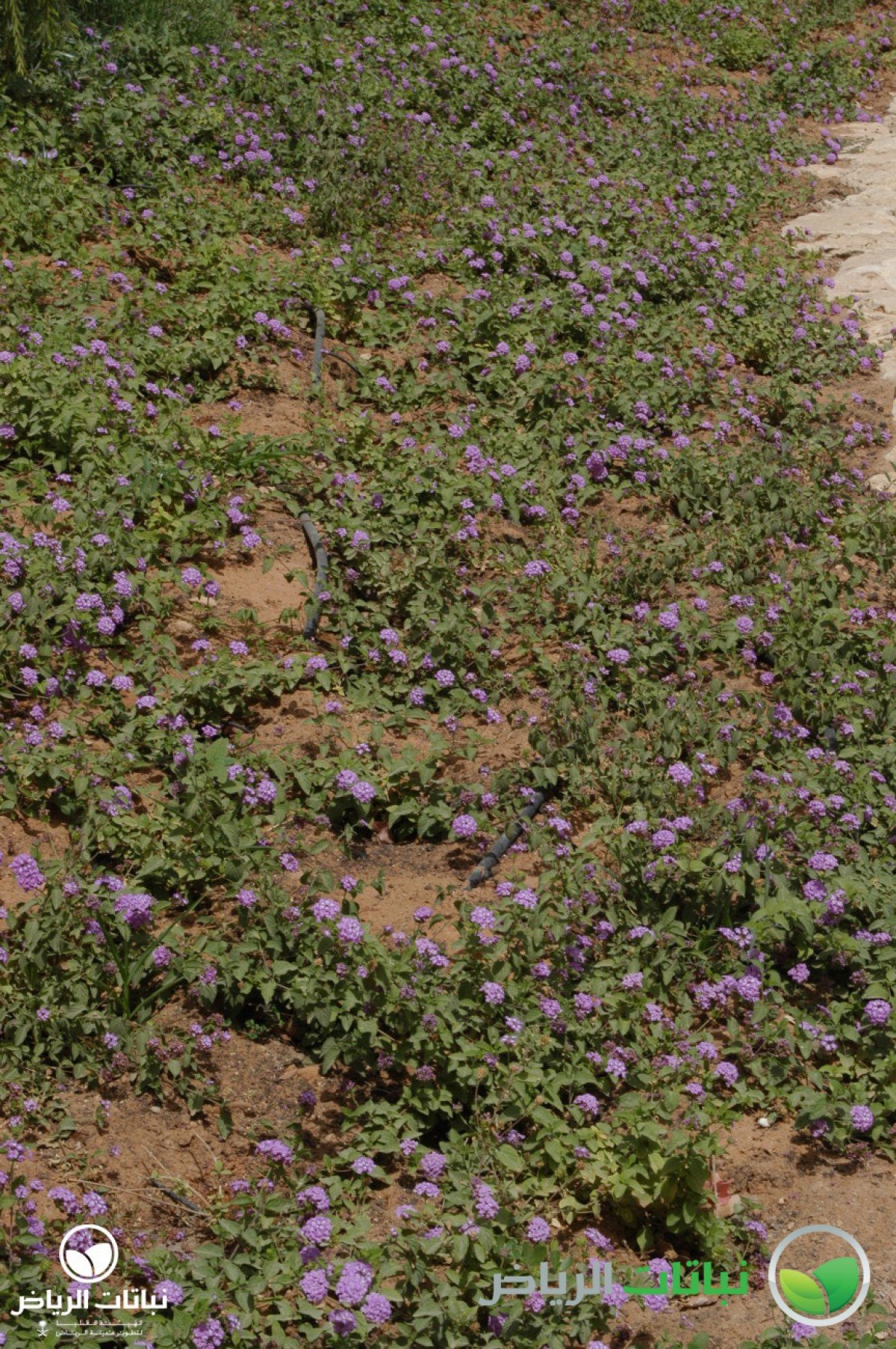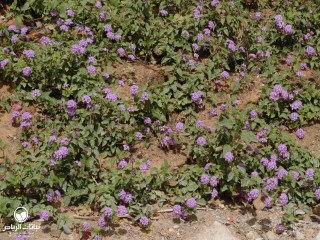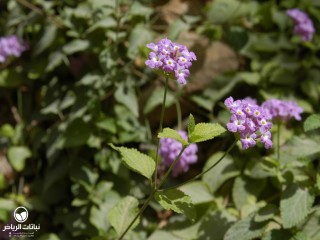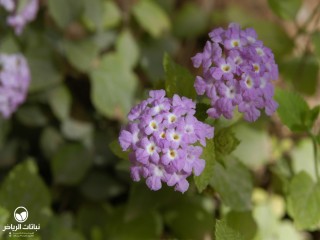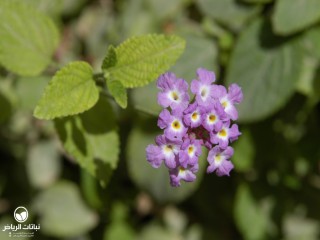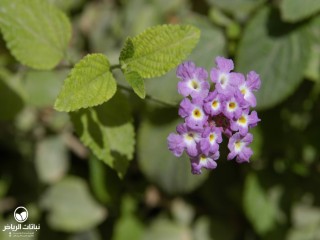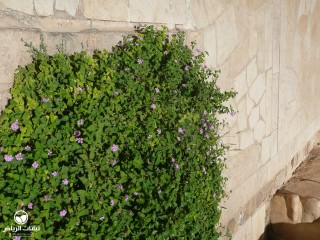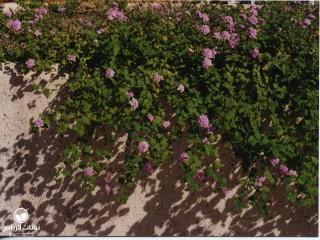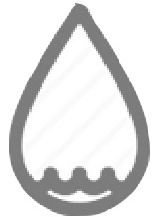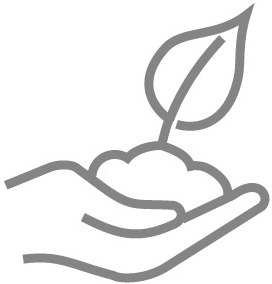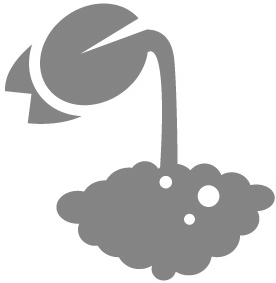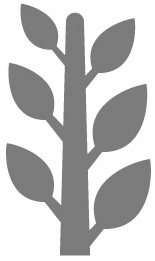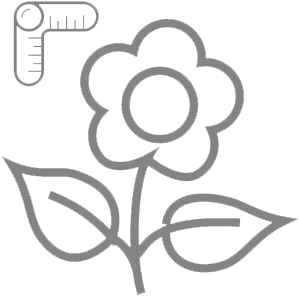Riyadh Plants
Trailing Lantana
The Trailing Lantana is native to tropical South America, Uruguay and Brazil, and is a vigorous, spreading sub-shrub or shrub growing only 30 cm high, but spreading up to 2 metres. It has been quite successful in Arriyadh. Semi-evergreen foliage is dark green and the profuse flowers on many heads are a bright violet-blue, covering the plant almost completely throughout the year and giving a bold splash of colour, especially in winter. This Lantana likes light, well-drained soil with regular irrigation and has medium tolerance to salinity. It develops well in sunny locations, but partial shade is also possible. Slightly sensitive to frost, it will recover again in spring. Lantana montevidensis can be propagated by seeds and with cuttings. Like other Lantanas, the plant is poisonous to livestock. Trailing Lantana is impressive as a ground cover and in steppe or rock gardens. It can be used for the tops of walls, because it will cascade down the wall and cover it with its flowers. Urban areas, public open space, park plantings and pedestrian precincts are preferred areas for using this Lantana as ground cover. Containers can be planted with it too. Relatively high maintenance is necessary; the plants have the disadvantage of dying back at their centre, so that mass planting has to be renewed every so often. Trimming of the tops once a year will encourage dense growth and rich flowering. Plants should be fertilised up to twice a year and may need to be sprayed against whiteflies.
